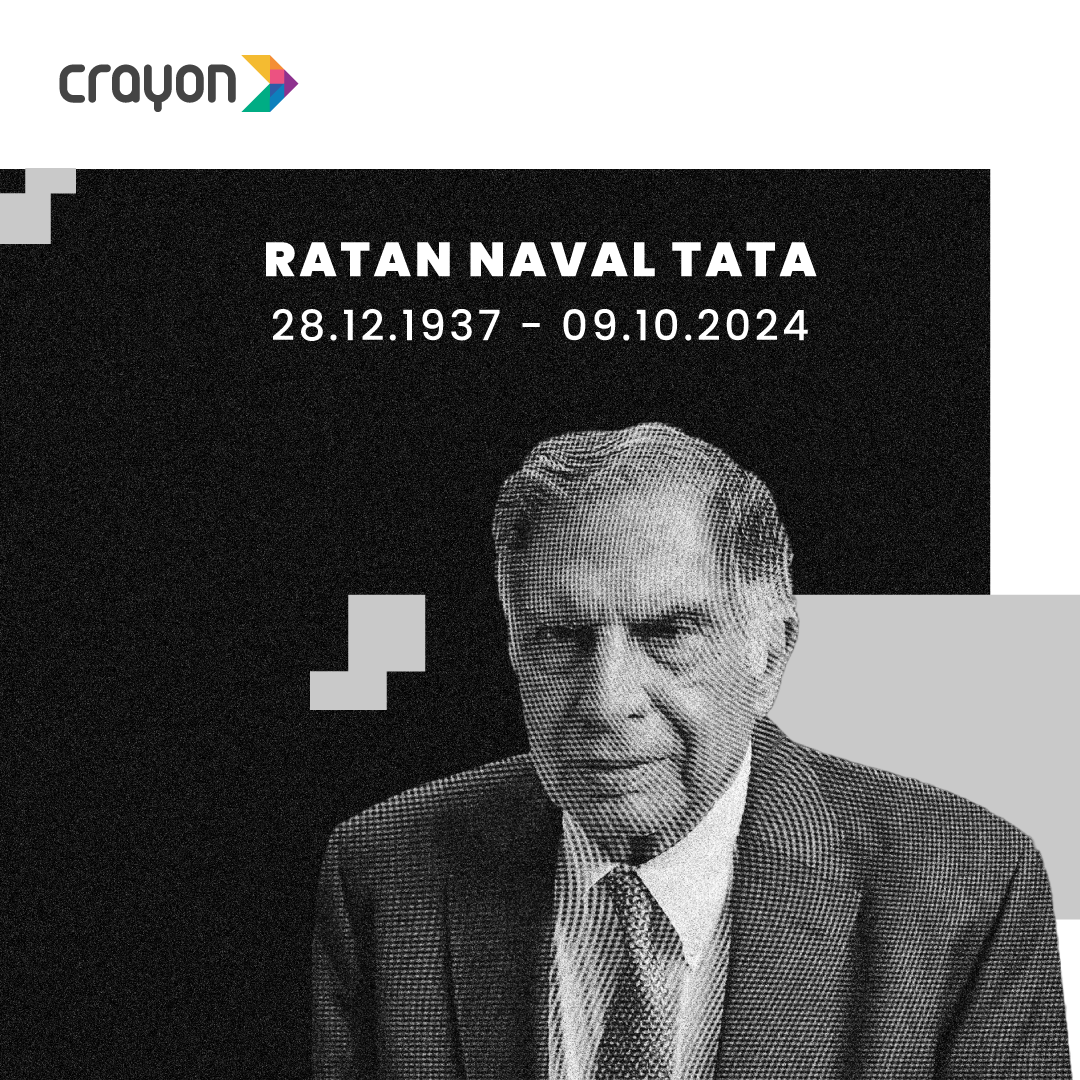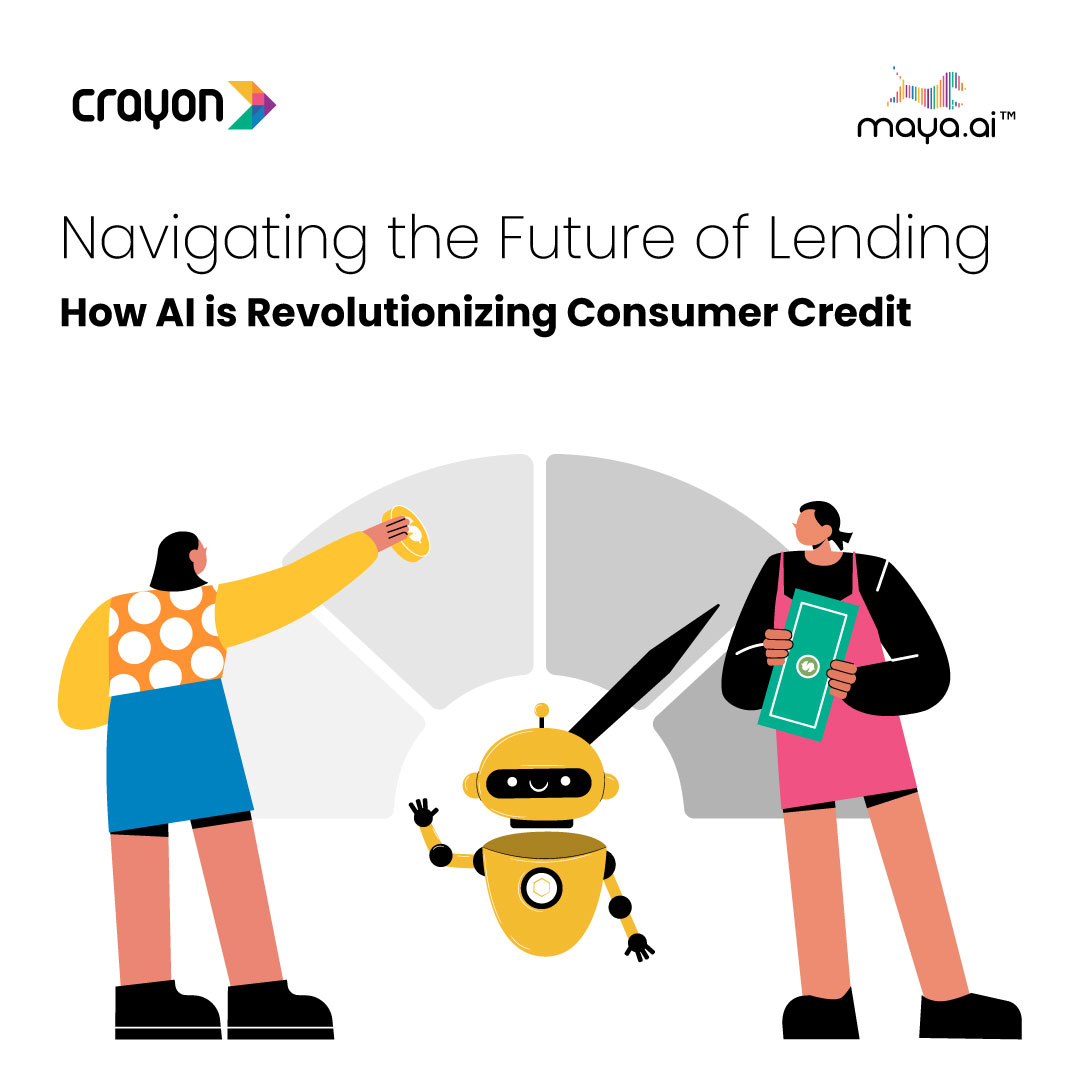On the first week of November, I attended an IBM blockchain discussion at Rise New York, featuring Jalak Jobanputra, Founder and Managing Partner of Future\Perfect Ventures and Brigid McDermott, Vice President of Blockchain Business Development & Ecosystem for IBM, and moderated by Todd Pruzan, Editorial Director for Ogilvy.
You can catch the video of the event here, and also see my live tweet stream from the event here.
Blockchain technology has been at the most dizzying heights of the hype curve of fintech pundits for the past year or two, and while it may not quite fulfill all of the fantastic dreams that its most fervent zealots claim, it truly is transformational technology, and it’s time for even the most technophobic bankers to pay attention.
This is not a technical monograph on blockchain. If you want to dig deeper, I encourage you to read more from my brilliant friends Chris Skinner, Dave Birch, or Simon Taylor, or at least listen to our blockchain series on the Breaking Banks podcast, featuring all three of them, plus many other experts.
The concept of a blockchain — literally chaining blocks of data to one another— results in a distributed database or ledger system where all participants have transparent access to one true version of the data. This decentralized consensus creates trust without the need for a central administrator. Contrast this to multiple parties maintaining their own separate ledgers with everyone logging their own view of additions, subtractions and transfers.
The first blockchain was used as the basis for the bitcoin network starting in 2009, serving as a public ledger for all transactions. Over the last couple of years many new use cases have been envisioned outside of cryptocurrencies, and the panelists mentioned some on stage that reach beyond financial services.
Blockchain Beyond Banking
Jobanputra says the current state of blockchain is somewhat analogous to the early days of the internet, and she sees opportunities for leapfrogging current technologies, especially in emerging markets. Mobile phones grew quickly in many emerging markets, leapfrogging the need for expensive infrastructure of landlines, and enabling financial innovation such as M-pesa for mobile payments in Kenya. Her firm Future\Perfect Ventures has investments in several blockchain companies, including BitPesa, which is blockchain-powered payment network in Africa.
IBM’s McDermott also sees blockchain as a way to reduce infrastructure and transaction costs and eliminate middlemen that create barriers to entry for individuals and smaller firms in both emerging and developed markets. In particular, she sees a huge opportunity in supply chain management— “getting the right goods to the right place at the right time”, which she says, touches everything in our lives.
Beyond providing greater transparency and visibility on shipments that can help reduce $600 billion of fraud global trade every year, blockchain can also reduce the high cost of sending confirming documents. Even more exciting to the panelists is the ability to link the blockchain to other technology, such as self-enforcing “smart contracts”, and cognitive computing to provide powerful analytics for things like demand forecasting. McDermott thinks this is where IBM’s enterprise approach to blockchain gives them a competitive advantage.
Banking on Blockchain
Yet, as blockchain spreads outside of financial services, it also brings it right back. Trade clearing and settlement are the areas most often cited as a prime opportunity for blockchain use in financial services, but payments, trade finance, currency settlement and lending applications are picking up steam too.
This democratization of the ecosystem is another threat to the traditional gatekeeper model of financial institutions, but it also offers a transformational opportunity for those that can think beyond reducing costs and improving transactional efficiency.
“Just ‘blockchainizing’ current processes very much limits the potential of what blockchain can do.” Says McDermott, “Where blockchain is going to be really valuable is where it helps transform the process, not just changing the technology of an existing process”.
McDermott also says she has to now think in “blockchain years”, where things expected to take a couple of years are now taking a couple of months. We are seeing this with financial institutions adopting blockchain technology dramatically faster than initially expected. IBM recently reported that 15% of top global banks intend to roll out “full-scale, commercial blockchain products in 2017”, and that 65% of banks are expected to have some sort of blockchain project in the works within the next three years.
William Gibson is more right today than ever: “The future is already here, it’s just not widely distributed yet”.
This article originally appeared here. Republished with permission. Submit your copyright complaints here.




